The Artist's Complete Guide to Facial Expression by Gary Faigin lists eleven muscles of the face that are responsible for facial expression. Faigin gives six basic facial expressions: sadness, anger, joy, fear, disgust and surprise and then teaches how to draw them based on the actions of the underlying muscles.
The simplest, the smile muscle, the zygomatic major has a fixed end attached to the zygomatic arch and a free end attached to the corner of the mouth. Tightening a muscle and pulling the free end toward the fixed end creates a smile.
It becomes more complicated when combined with different brow positions: smile + lowered brow=sly; smile+raised brow=eager; smile + fearful brow=ingratiating; smile + sad brow= happy/sad. Each different brow position has different muscle movements.
Paul Ekman, the scientist who developed the Facial Action Coding Systems (FACS) identifies basically the same six emotions as Faigin, but adds contempt.
Ekman describes the zygomatic major as the Lip Corner Puller and labels it AU12. "Felt smiles" are those that involve the outer portion of the muscle orbicularis oculi, AU6, the Cheek Raiser.
This "felt smile" or "genuine smile" is also called the "Duchenne smile" after a French Neurologist who put electric shocks into people's faces and photographed them to find out how the muscles effect the face. Some muscles are voluntarily exercised (the Lip Corner Puller), some are not (the Cheek Raiser).
Neonates have a Duchenne smile.
We can fake a smiling mouth, but not smiling eyes:
The emotion of frank joy is expressed on the face by the combinedDarwin used Duchenne's photographs in the development of his arguments about how emotions are expressed in the face.
contraction of the zygomaticus major muscle and the orbicularis
oculi. The first obeys the will but the second is only put in play by
the sweet emotions of the soul; t h e . . , fake joy, the deceitful laugh,
cannot provoke the contraction of this latter muscle . . . . The muscle
around the eye does not obey the will; it is only brought into
play by a true feeling, by an agreeable emotion. Its inertia, in smiling, unmasks a false friend.
Now do we get to figure out who the liars are? Ekman concludes, "Some people can indeed detect the differences between different kinds of smiles. We still do not know if training can improve accuracy in distinguishing liars from truth-tellers." So, if we get good enough, I guess, at spotting false smiles from true smiles, we will become human lie detectors?
Wait. Wait. Wait, Dr. Ekman.
Two big problems come immediately to mind. I'm sure there are more. One: the Halley smiling for the camera problem, and Two: the Josh Karton doing Stanislavski problem.
When she was about eight, Halley went on a trip with me. As part of our trip celebration we had a black and white photograph taken. Halley smiled for the camera: zygomatic smile. She didn't show "frank joy," but she wasn't trying to fool anyone. She was just a little girl posing for her picture.
Sometimes we want to smile as a greeting or because others are happy and we don't want to ruin the party. Sometimes we smile to put on a good face for a sad or sick friend. In fact, we are told smiling is a good thing. See, http://www.quotegarden.com/smiles.html.
It can even be tactical: "The robbed that smiles, steals something from the thief."
But the zygomatic smile does not always mean a lie. It can be a false positive for lying.
Problem two is the Josh Karton problem. My acting teacher for about twenty years. (I'm not an actor, so this is a whole different story). Josh uses the "system" of Constantin Sergeyevich Stanislavski. When he expresses joy, he feels joy. He uses his own memories to naturally express emotions.
I have not noticed Josh's orbicularis oculi when he smiles, but I'll bet he can feel joy no matter what he is saying.
The Duchenne smile does not always mean the truth. It can be a false negative for lying.

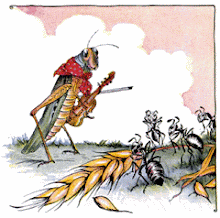










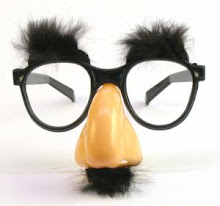













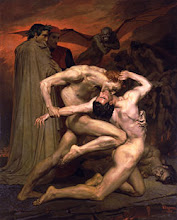_-_Dante_And_Virgil_In_Hell_(1850).jpg)











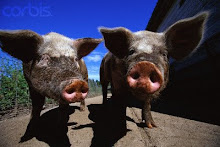



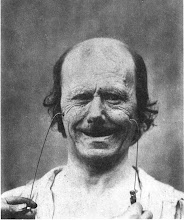
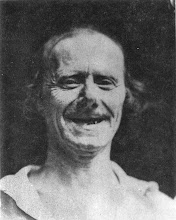


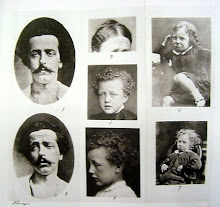





















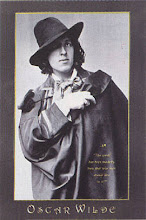
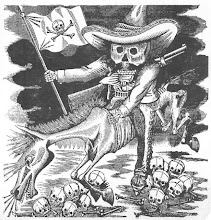












No comments:
Post a Comment